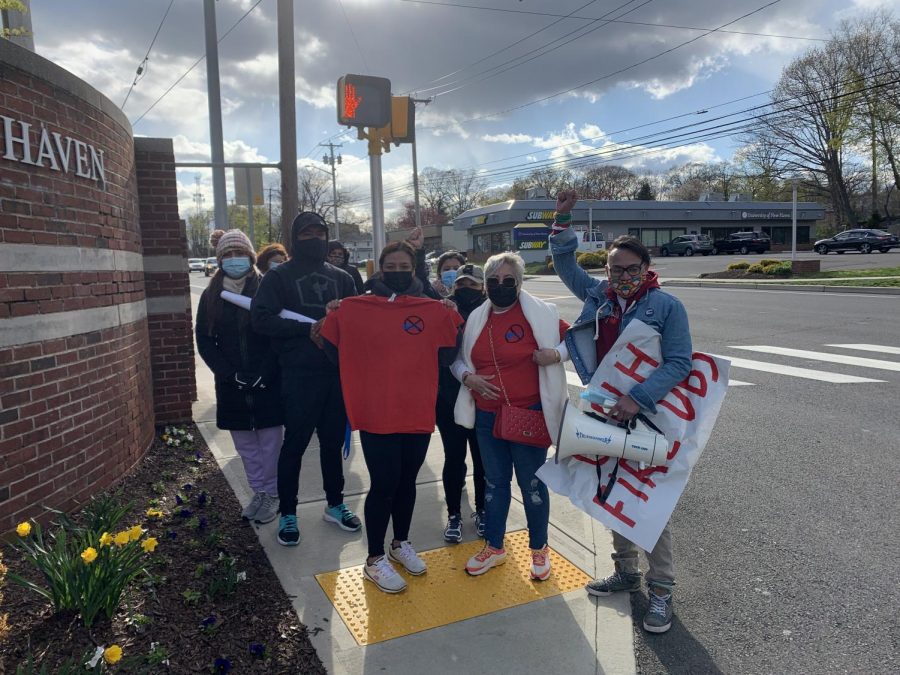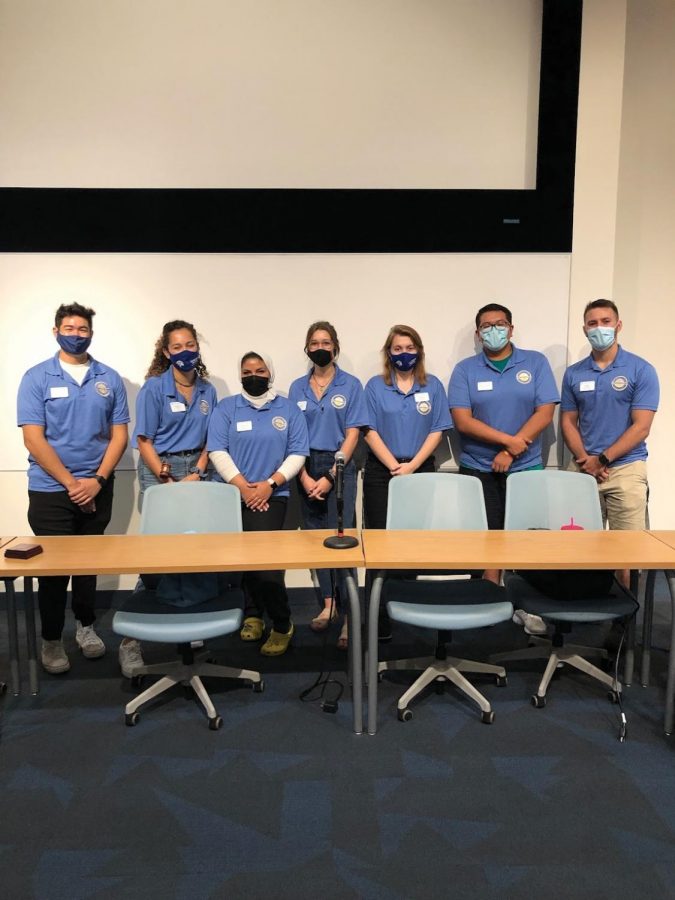Whereabouts Unknown opens February 11 from 5 p.m. to 8 p.m. at the Seton Gallery and focuses on the impact of imprisonment on families, exploring the plethora of debilitating consequences.

(Photo provided by Laura Marsh)
Artist-in-residence, Felandus Thames, Yale Painting and Printmaking Alum ’10, was invited by Gallery Director, Laura Marsh, Yale Sculpture Alum ’09, to transform Seton Gallery into a pale green prison cell to evoke feelings of sedation and calmness from visitors as they view telling pieces that portray the injustice in our prison systems.
Thames draws inspiration from writers like Etheridge Knight as he shines light on the Prison Industrial Complex and its tendency to defend power distributions and perpetuate stereotypes. Through his very thought-provoking, personal pieces, Thames portrays the role of prison systems in the fabric of inner city communities.
Thames’ utilizes the Black voice by mining distinctive cultural traits through various objects.
“I use objects as surrogates for people,” Thames explained as he discusses the use of household objects in his pieces. Each piece in the collection offers a domestic outlook on a national problem. Through objects ranging from hair brushes to hair barettes to hair relaxer, Thames focuses on hair, a decision he made while walking through Harlem counting how many stores were selling hair products specifically geared towards Blacks. In the past, hair has been used as a power statement, with the rising popularity of afros and locks, but it has become something most Blacks alter and hide.
Laura Marsh strongly sees the message of hair in this exhibition to be that beauty is about pain. Thames sees this focus on hair as a Black voice speaking to the struggles faced throughout a group of people. One of the first pieces as you walk into the gallery consists of combs with bristles removed to spell out words from a poem. The theme of hair is incorporated throughout the entire installation piece and sets the tone for the exhibition.
Many pieces in the exhibit use domestic objects, relating back to hair, to show the effects of having a family member in jail and how the absence of a male role model effects the trajectory of young family members and begins to render the Black man invisible.
Perhaps the greatest portrayal of that invisibility comes from Thames’ piece using mason jars, hair relaxer, and photographs. In this piece, photographs of black men from all stages of life, performing various daily tasks, are placed in a mason jar with hair relaxer.
Thames seeks to normalize black males and destroy the image of a thug through the everyday pictures. Eventually the hair relaxer will disintegrate the images, symbolizing the rendering of the black man invisible.
This piece, and many more, speak to the injustice and the suffering experienced by entire families as a result of the corruption of prison systems. In a time where one in three black men will spend a portion of their life in a prison cell, Thames gives a voice to those shut behind bars and a hope to their families suffering with them.
Thames, as an artist in residence, will be available to meet with students to discuss his work and process.

















